There were plenty of significant new cars launched in 2017, but less attention has been paid to those cars quietly put out to pasture. Pay your respects here
Have you checked out the list of cars coming in 2018? If you have, you'll know why the industry needs to make room by saying goodbye to some older models, so here are the cars that were axed in 2017.
Some were inevitable departures, some will be greatly missed and some were doomed from the start. We'll let you decide which car belongs in which camp.
Which car will you miss the most? Let us know in the comments below.
Audi A3 three-door - introduced in 1996
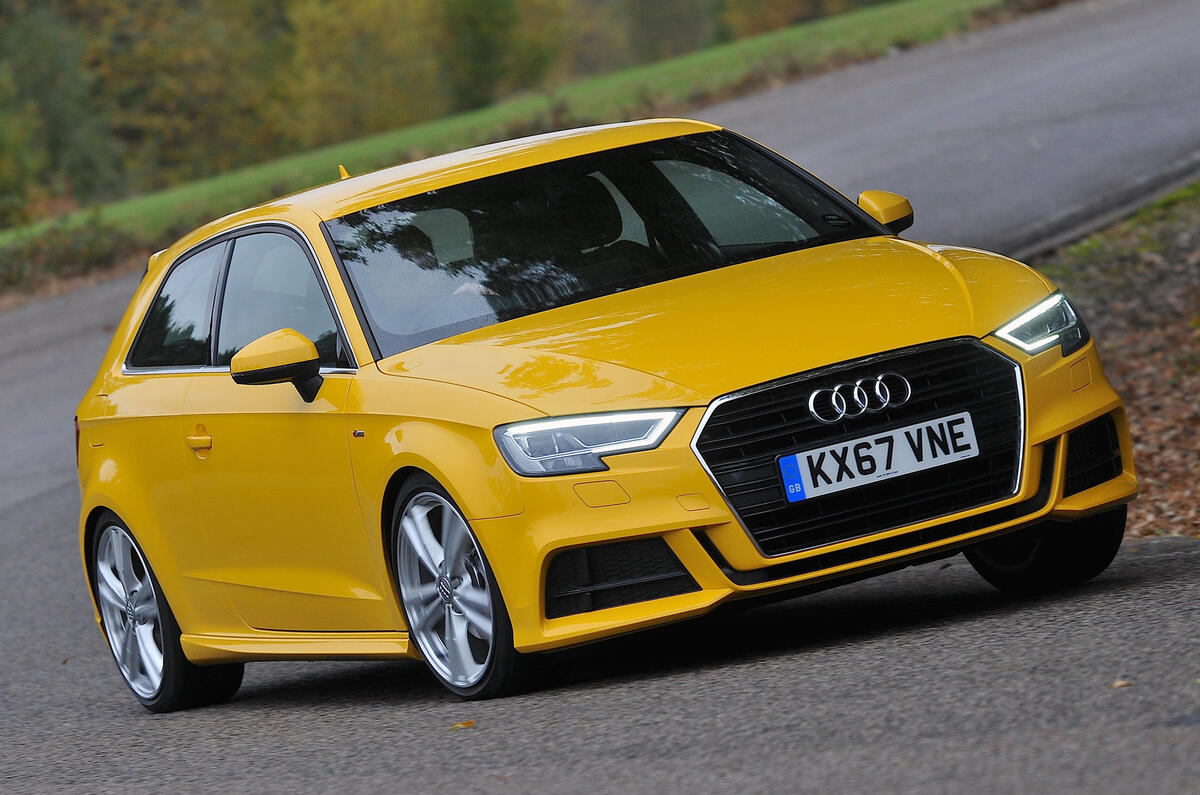
The Audi A3 was discontinued in three-door form this year, while the five-door Sportback lives on.
The three-door has been offered since 1996 but, with a more popular saloon already bucking the anti-saloon trend and a liftback variant planned, the industry's culling of three-door hatchbacks claimed this version of the A3.
Cause of demise: industry shift to five-door models
BMW 6 Series - introduced in 1976 and 2004
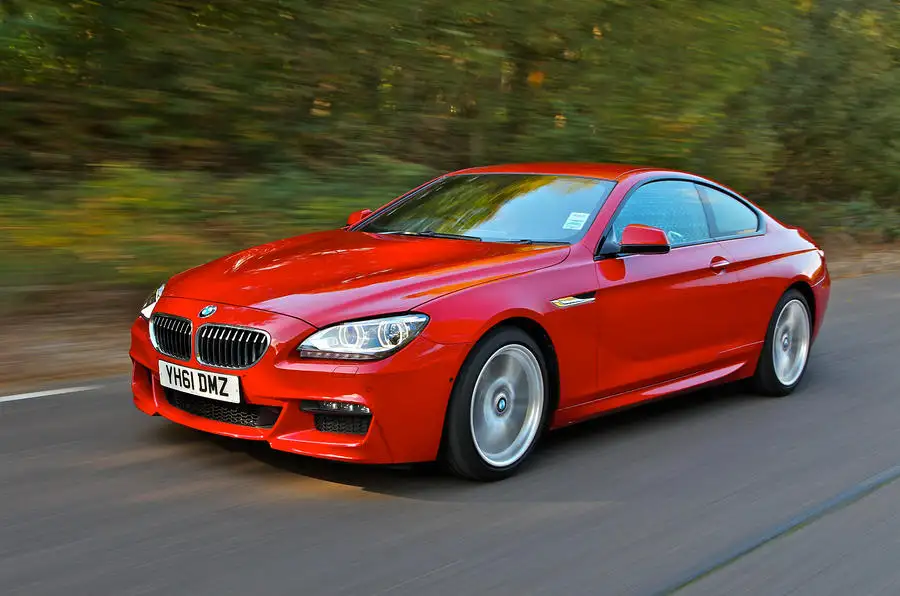
The 6 Series as we know it is no longer with us but will live on indirectly in 2018 as the 8 Series. Meanwhile, 6 Series badging is now applied to the former 5 Series GT, which will now become the 6 Series GT.
The 8 Series pushes what was the 6 Series further upmarket, and there's also an M8 coming. Meanwhile, the gap left by tge 6 Series coupé and convertible remains unfilled until further notice.
Cause of demise: indirect replacement
Citroën C3 Picasso - introduced in 2009
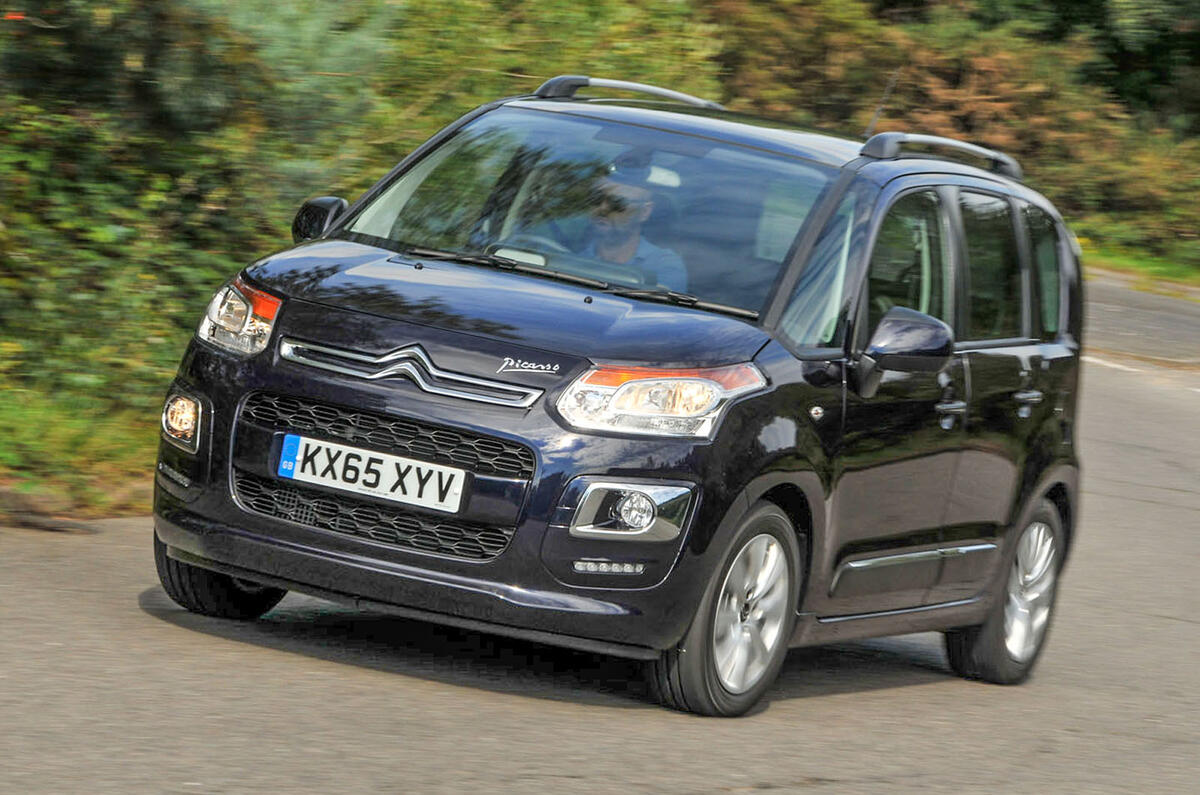
One of many MPV casualties in recent years, the Citroën C3 Picasso has succumbed to the pressures put on the MPV segment by SUVs. It has been replaced by the quirky C3 Aircross, which, inevitably, is a small SUV.
It's neither one of the longest-living cars on this year's list, having been introduced only in 2009, and nor is it the only MPV.
Cause of demise: MPV segment killed by SUVs
Citroën C4 - introduced in 2005
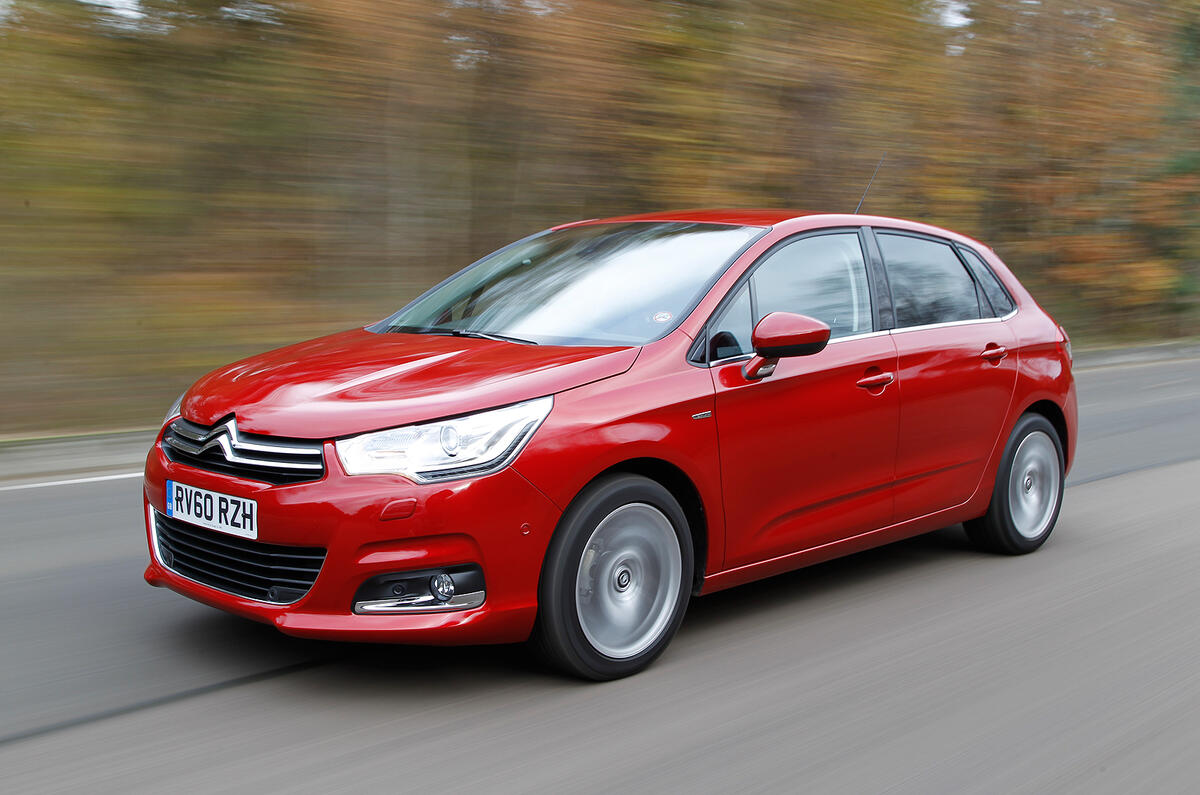
The C4, Citroën's C-segment hatchback rival to the Ford Focus and Renault Mégane, was axed this year to make room for the C4 Cactus, which took a step away from its SUV-like past to become more of a conventional hatch.
The hatchback was first offered with a funky fixed-hub steering wheel and in five-door or unusual three-door coupé forms but later eschewed all of these in its second generation to become an entirely conventional car.
Cause of demise: out-quirked by the C4 Cactus
Dodge Viper - introduced in 1992
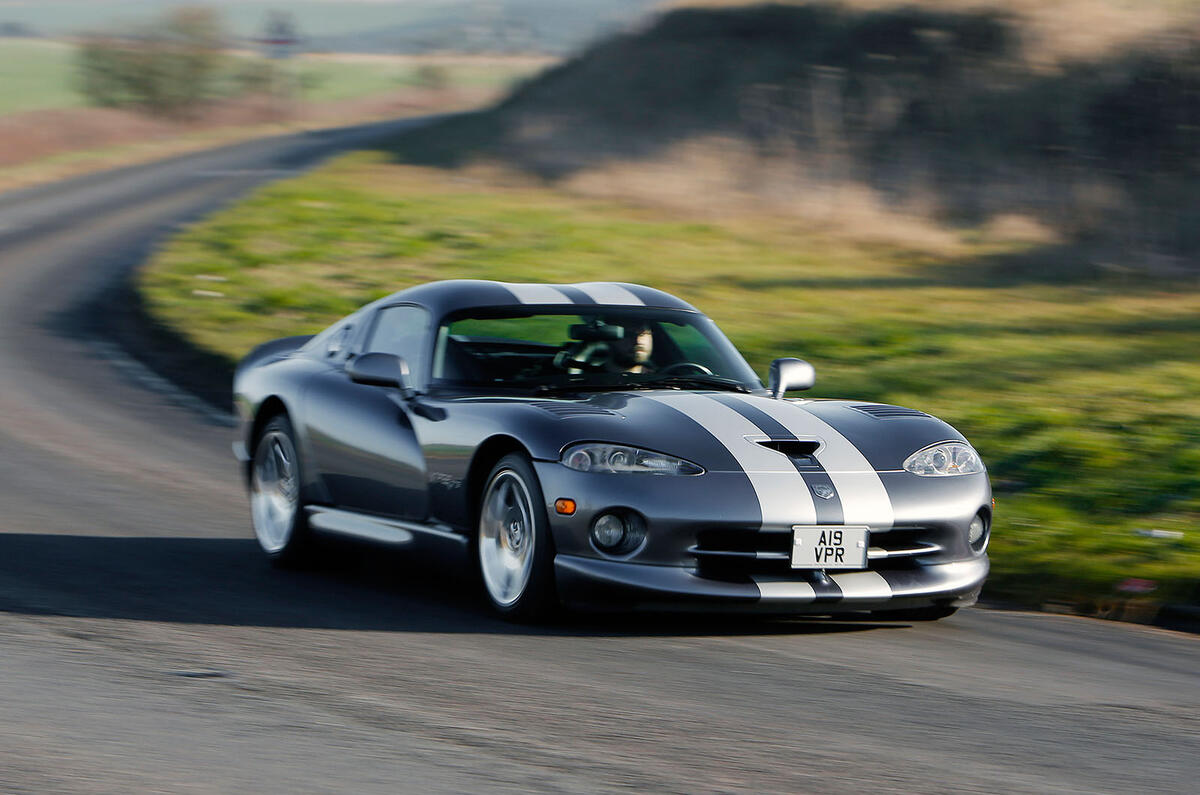
If this one doesn't prompt a tear, nothing will. After 25 years of madness from the all-American V10 supercar, the final Dodge Vipers rolled off the production line in 2017.
From the truck-engined, fibreglass-bodied original through to ever more hardcore variants, the Viper will be missed.
Cause of demise: old age
Ford B-Max - introduced in 2012
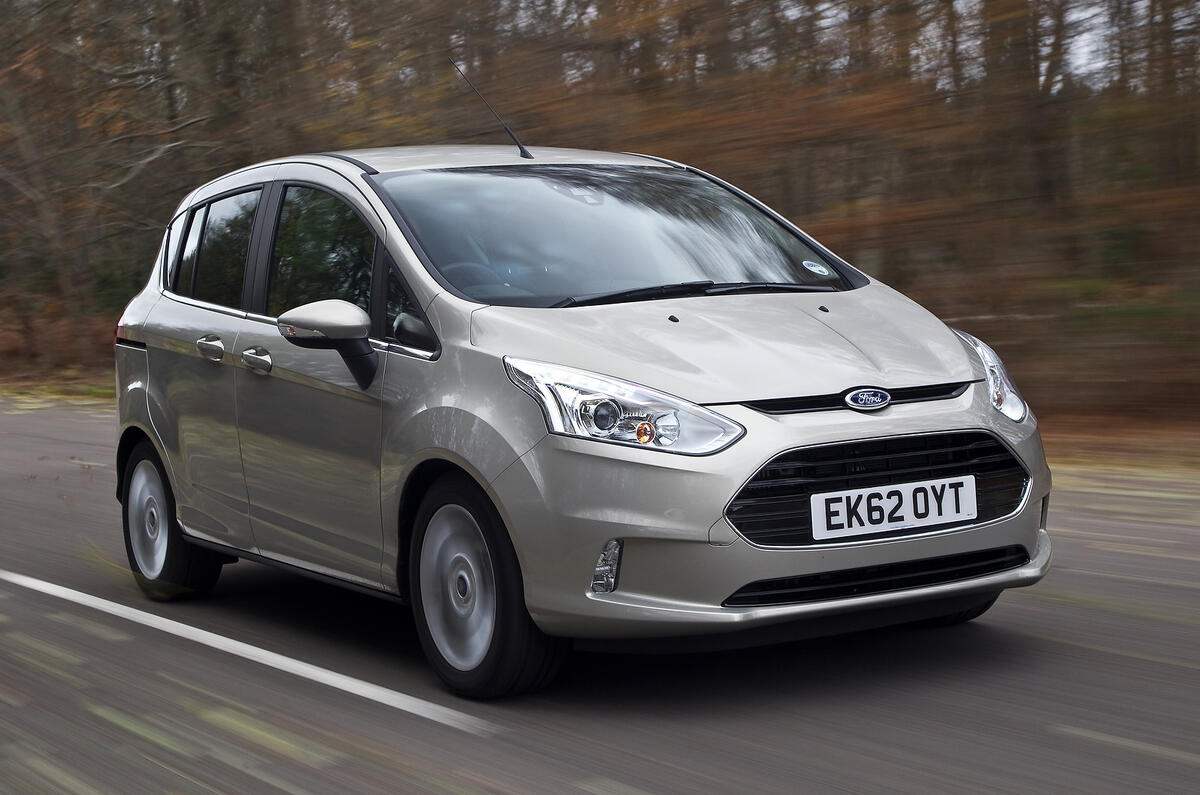
Another small MPV bludgeoned by the SUV surge. The Ford B-Max (not to be confused with Baymax, the robot from Big Hero 6, of course) was discontinued in the autumn of 2017 due to customers opting for the brand's Ecosport instead. The last few hundred cars are being sold through Ford's official channels.
The C-Max lives on for now, though, soaking up some of the sales of its smaller brother.
Cause of demise: MPV segment killed by SUVs
Honda Civic Tourer - introduced in 2014
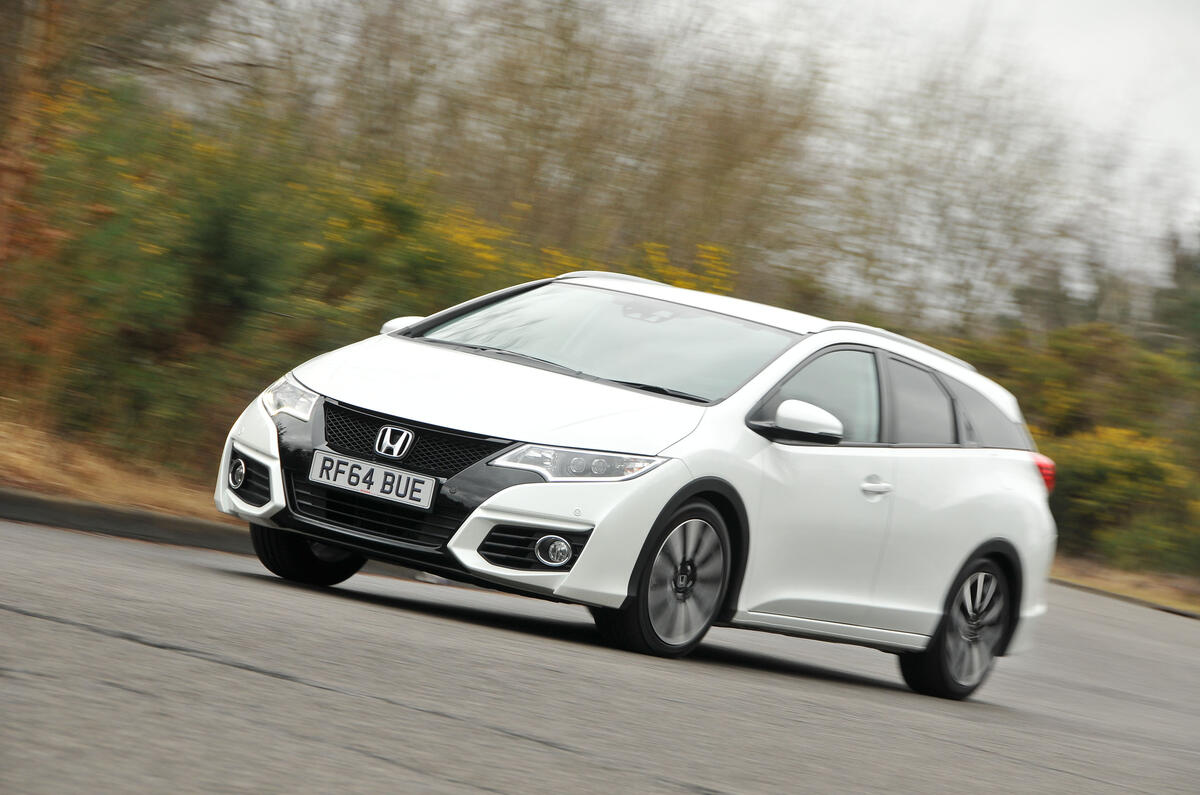
The new Civic went on sale this year, and given that it's 22cm longer and 3cm wider, it would seem that Honda doesn't think a seperate estate version is required.
Cause of demise: growth of base car rendered it redundant
Mahindra e2o - introduced in 2016
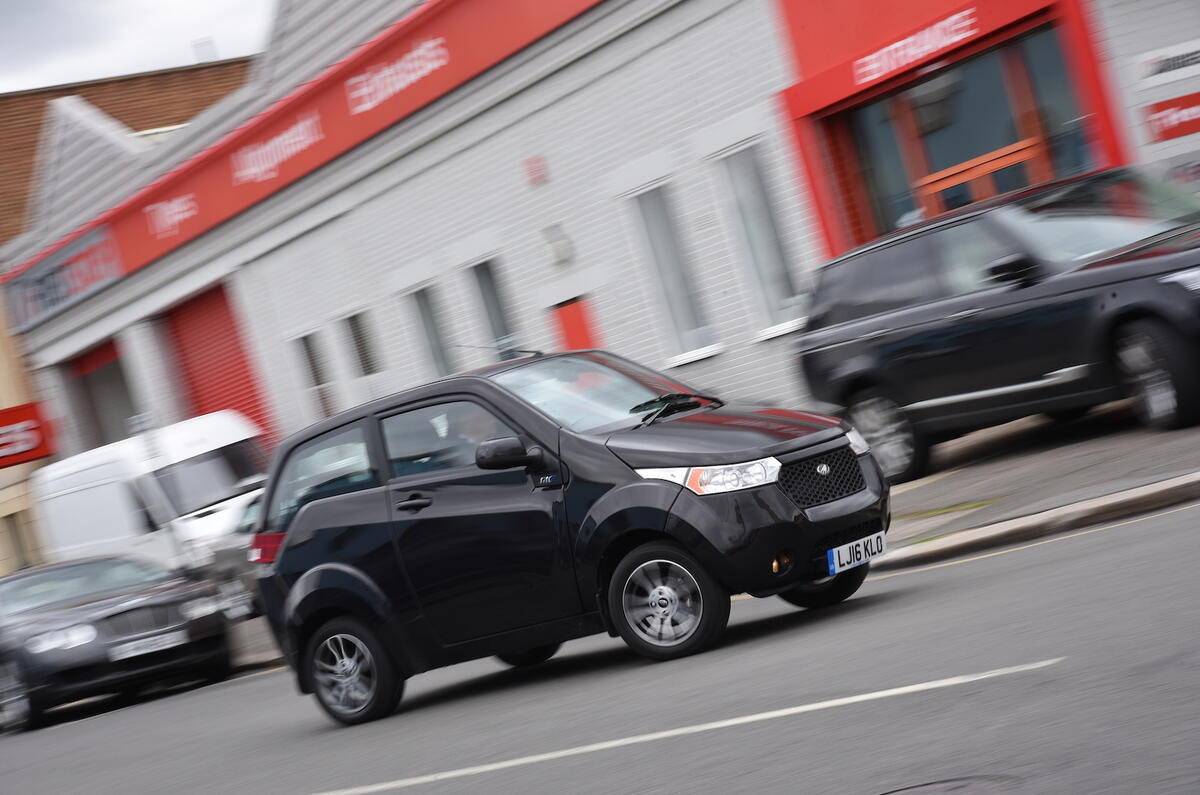
Ah, the Mahindra e2o. It started life in April 2016 as a comically grotesque successor to the only margainlly less sumptuous G-Wiz and ended it 13 months later due to slow sales.
Mahindra blamed the car's poor sales on Brexit, although we'd wager that its difficulty in picking up sales might have been down to the car's, er, unconventional appearance.
Cause of demise: basically everything
Mercedes-Benz B-Class Electric Drive - introduced in 2015
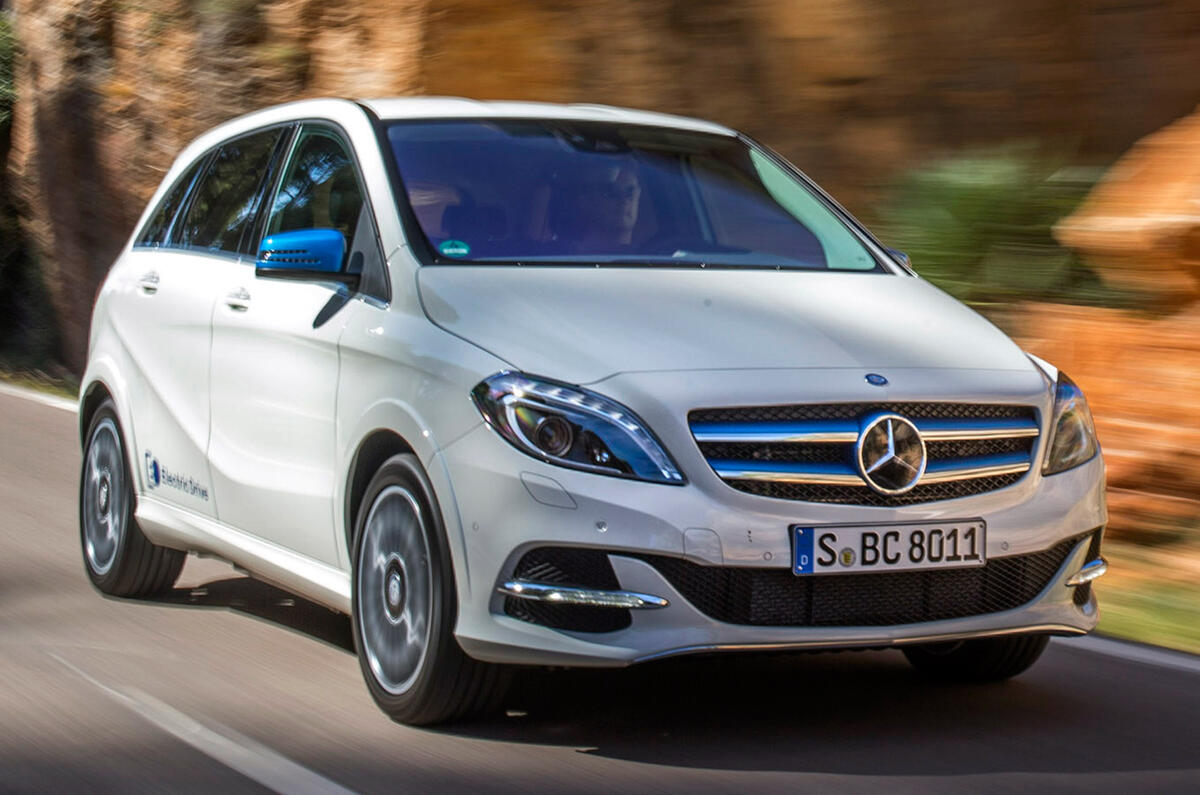
The Mercedes-Benz B-Class Electric Drive pushed to the future but its design was arguably stuck in the past. On the future-gazing side, the electric vehicle had a claimed range of 124 miles, decent performance and all the qualities of the regular B-Class.
On the other, it was always going to be a tough job to find an audience for a Merc-badged MPV, especially with the range limitations of a battery car. The B-Class Electric Drive was pruned from the Mercedes line-up this year to make way for the EQ range of electric vehicles.
Cause of demise: better products on the way
Mercedes-Benz CLS Shooting Brake - introduced in 2012
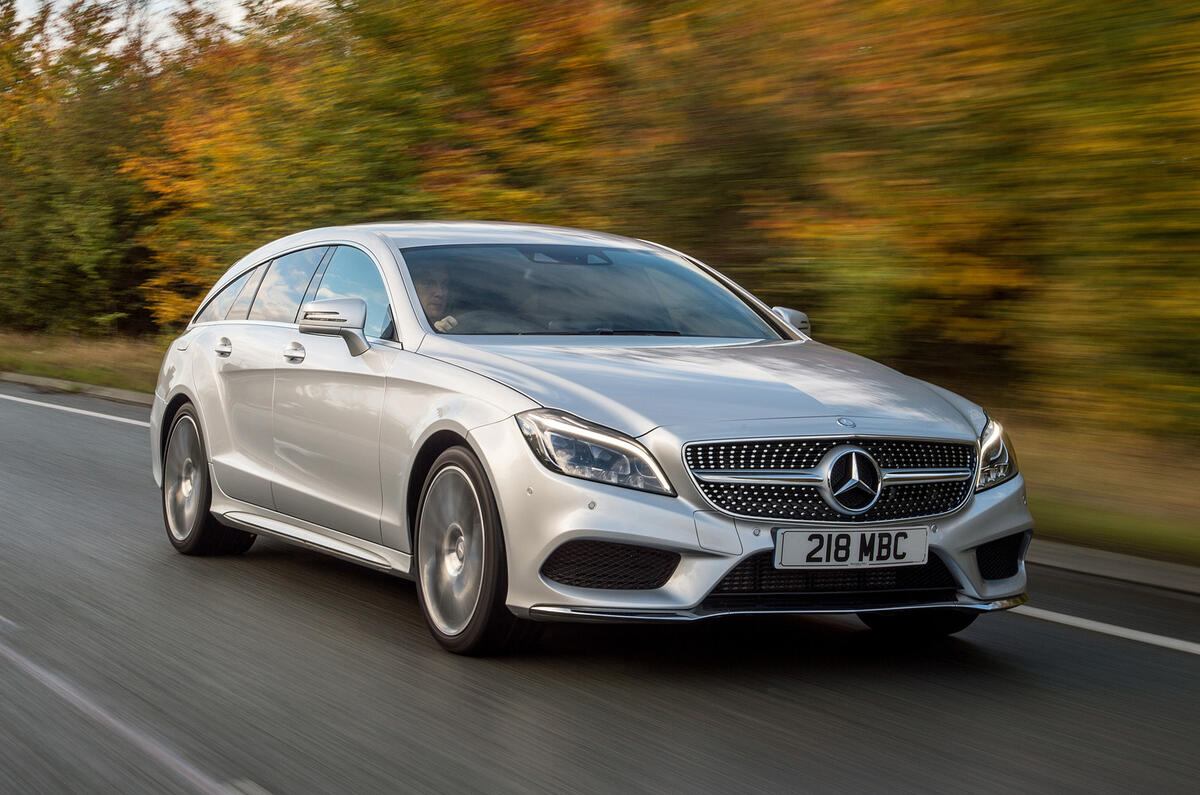
The Mercedes-Benz CLS Shooting Brake was something of a pioneer. In a market where Mercedes already sold two estate cars, the C-Class and E-Class, the brand decided it was time for a third, albeit one with a dramatic tapering roofline for greater sex appeal at the expense of practicality.
It was a hard sell. At £48,570, it was more than £10,000 more expensive than the E-Class estate but had less room in the boot.
Cause of demise: a niche too far
Skoda Yeti - introduced in 2009
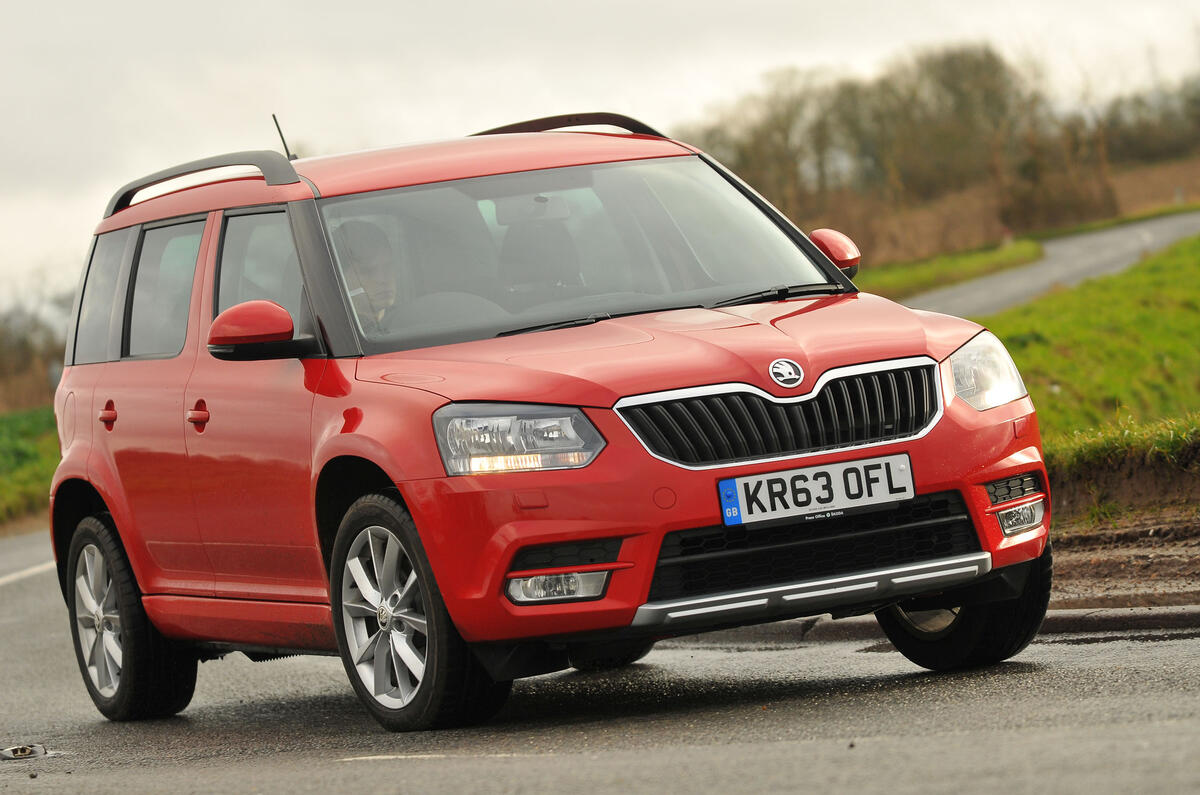
The Yeti was introduced in 2009 as an alternative to the usual line-up of SUVs. It bucked convention with its bluff, distinctive shape and funky styling, although that was eroded somewhat after a midlife facelift.
With the rapid growth in the market, Skoda launched a new small SUV that is more conventional still in order to chase further sales success. While Skoda insists the Karoq isn't a direct replacement for the, the firm's new small SUV didn't leave much room for the Yeti to continue. The firm decided not to carry over the nameplate, partly to give the Karoq a name that echoes the larger Kodiaq SUV and partly because yeti is a sensitive word in the all-important Chinese market. It also allows the Yeti to continue production in certain markets.
Cause of demise: indirect replacement
Toyota Auris diesel - introduced in 2007
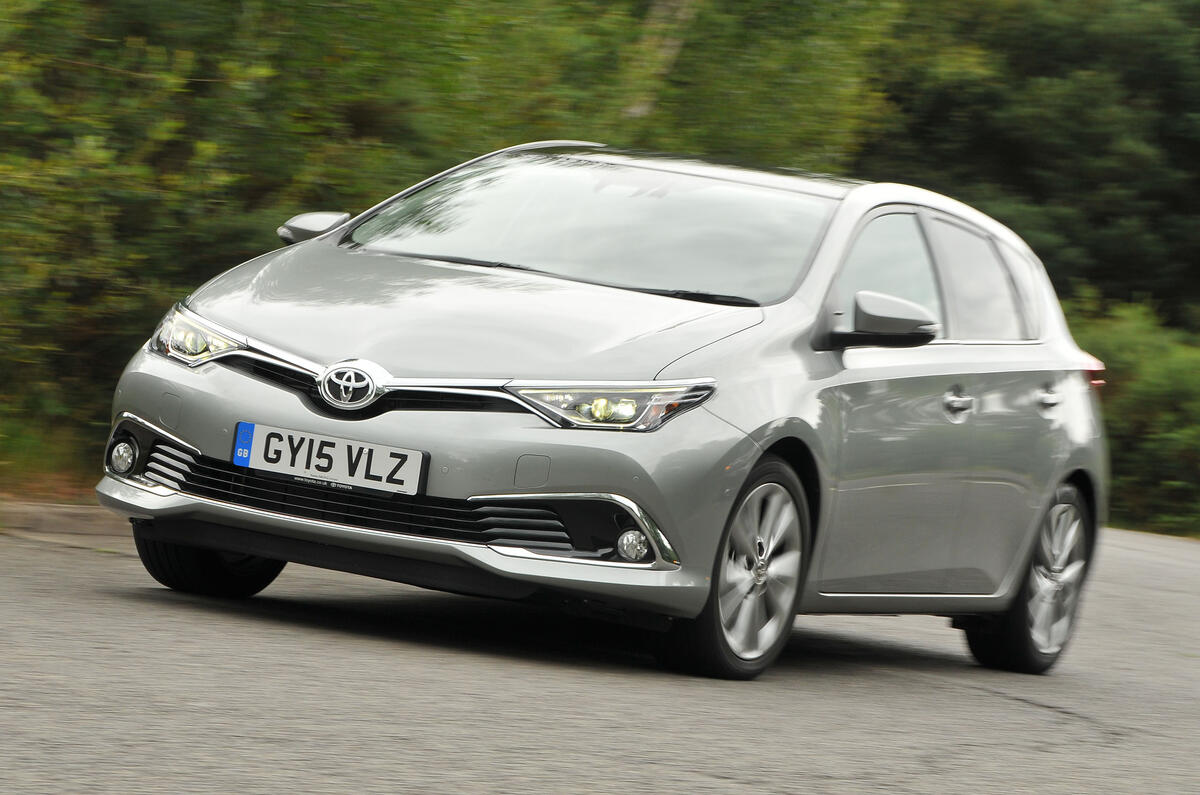
Another sign of the times - the Toyota Auris lives on in hatch and estate forms with petrol and petrol-electric hybrid powertrains, but the diesel variant is dead.
Interestingly, Toyota says it scrapped the diesel Auris not because of the Government's impending tax hikes but because of slow sales - of the 16,528 Auris models sold in 2016, just 651 were diesels. Given the way diesel sales have been going industry-wide, that figure was unlikely to go up.
Cause of demise: slow sales
Volkswagen Jetta - introduced in 1979 and 2005
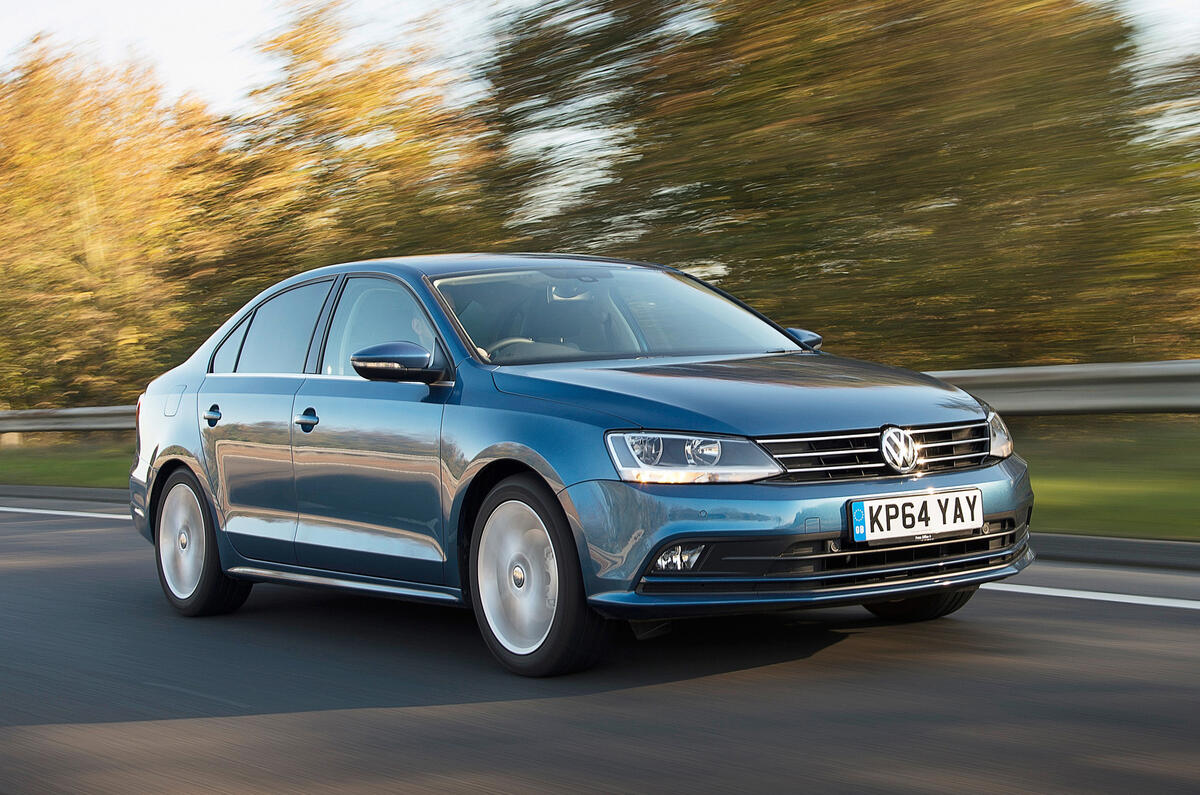
The Jetta has been around in some form or another since 1979, but it took the Vento name between 1991 and 1998 before becoming the Bora until 2005.
Things changed this year when the Jetta was taken off sale for UK customers. Tiny sales - especially compared to those of the Golf and Passat saloon - ensured its demise.
Cause of demise: slow sales
Volkswagen Scirocco - introduced in 1974 and 2008
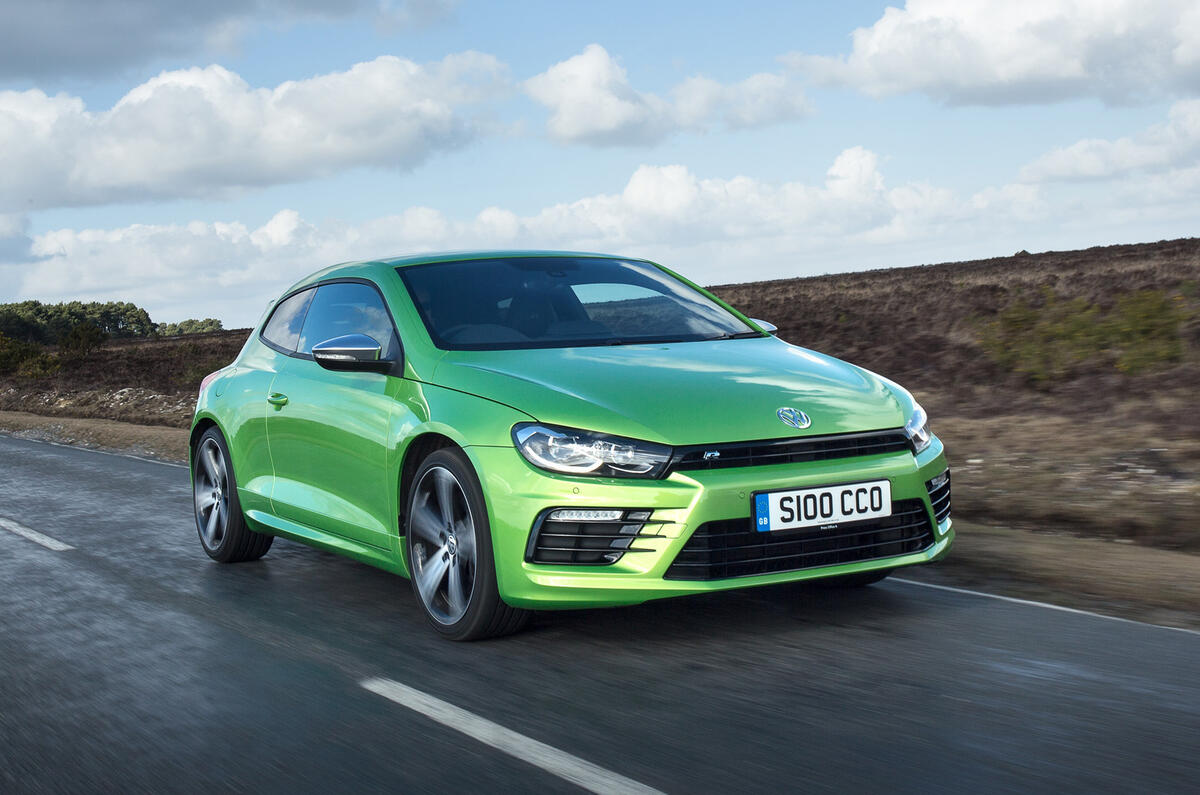
A sports car succumbing to SUV sales? In this case, officially, yes: the T-Roc serves as something of an indirect Scirocco replacement, according to Volkswagen.
With only 4392 Scirocco sales compared with the Golf's 57,770 in January-November 2017, and the Scirocco being built on a rapidly ageing platform, its axing was almost inevitable. The fact that Volkswagen has already brought it back once means it could come back again, though.
Cause of demise: old platform
Read more
'I thought you were dead': cars you didn't realise were still being made
In pictures: the best cars from dead car companies
The cars we lost in 2016